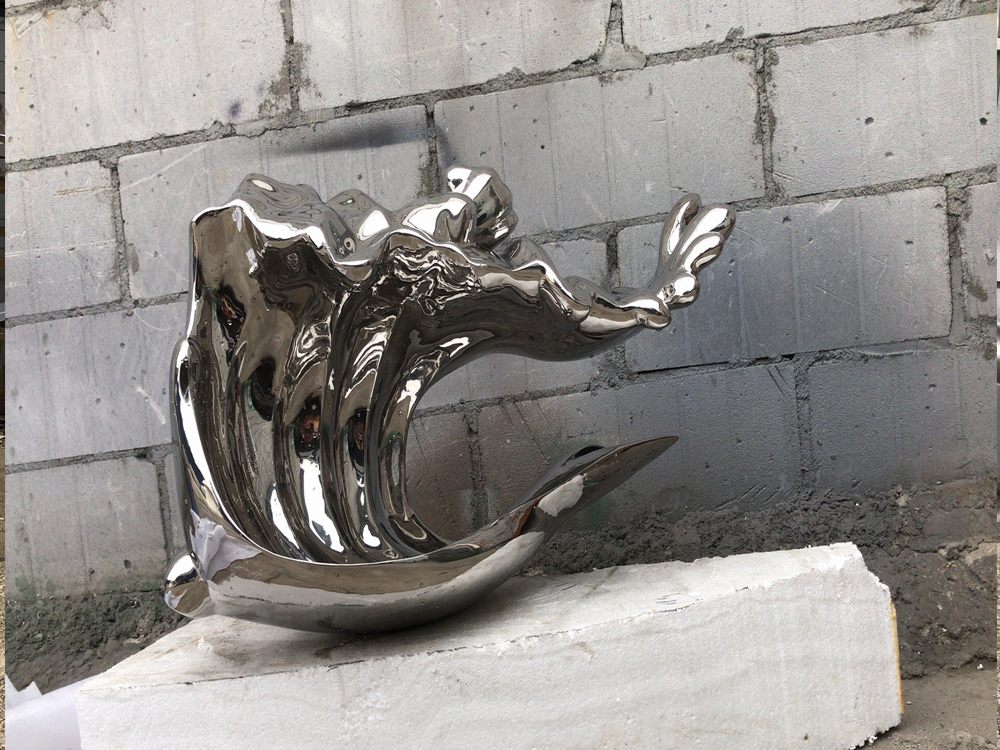
Creating bronze sculptures for arctic climate installations presents unique challenges due to extreme cold, ice, and temperature fluctuations. Here are the key considerations to ensure durability and longevity:
1. Material Selection: Opt for high-quality bronze alloys with superior cold resistance. Adding elements like silicon or nickel can enhance flexibility and reduce brittleness in sub-zero temperatures.
2. Structural Integrity: Arctic conditions demand robust designs. Avoid thin, delicate sections that may crack under thermal stress. Reinforce joints and bases to withstand wind and ice accumulation.
3. Surface Treatment: Apply specialized patinas and protective coatings to prevent corrosion from snow, salt, and moisture. Regular maintenance is crucial to preserve the sculpture’s finish.
4. Thermal Expansion: Account for metal contraction and expansion. Proper anchoring systems should allow movement without compromising stability.
5. Site-Specific Design: Consider snowdrift patterns and sunlight exposure. Elevated or angled placements can minimize ice buildup and weathering.
By addressing these factors, artists can create bronze sculptures that endure the harsh arctic environment while maintaining aesthetic appeal.

